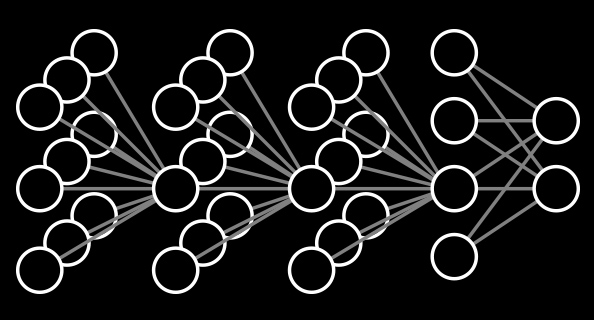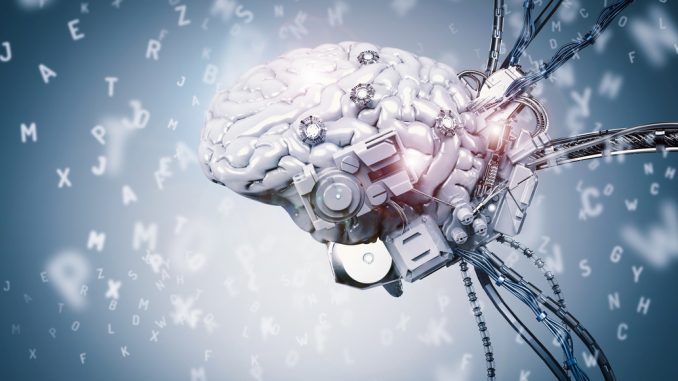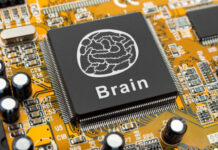
Deep Learning and its rewards.
Speaking of Bellman’s Equation, we must refer to a specific branch of Artificial Intelligence, namely: DEEP LEARNING
Without going into technicalities particularly let us try to give definitions on Deep Learning, likewise, called Deep Learning.
Deep learning is deep learning that optimizes artificial intelligence (AI) processes, thanks to machine learning (ML), by which machines can learn.
Thus, deep learning represents one of the most significant sources of success for artificial intelligence. In fact, artificial neural networks capable of automatically analyzing data-such as images, audio, video or time series-exceed human performance in many cases.
In this context, deep learning plays an increasingly important role. Just think of “reinforced” deep learning algorithms in the context of sequential decision problems.
Thanks to reinforcement learning, for example, in 2016 AlphaGo’s Google Deepmind software was able to beat the world champion in Go, years ahead of predictions.
Memcomputer, the computer that mimics, really, the Mind
Tourism and Marketing : Hyper-local and Hyper-regional
Synthetic Data and Tourism. From Irreality to Reality.
Index of “Touristiness” … exists. A scientific and complex approach.
What is deep learning or deep learning
Deep learning is machine learning and hierarchical learning, a segment of the machine learning and artificial intelligence (AI) branch that mimics the way humans acquire certain types of knowledge. It is an ad hoc method of machine learning that incorporates artificial neural networks in successive layers to learn from data in an iterative manner.
So, deep learning is a technique for learning by exposing artificial neural networks to large amounts of data in order to learn how to perform assigned tasks.
Deep learning, then, is an important element of data science, which includes statistics and predictive modeling. In fact, it is the learning by which “machines” learn data through the use of algorithms, especially statistical computing.
A subcategory of machine learning, based on the assimilation of data representations, and a branch of artificial intelligence, deep learning learns multiple levels of representations that:
- are equivalent to factor scales or concepts;
- define the research field of machine learning and artificial intelligence;
- causes low-level concepts to define high-level ones.
Refers to artificial neural network algorithms that harken back to brain structure and function.


How deep learning works
Deep learning exploits architectures such as artificial neural networks, applied in different domains, in a system capable of using a class of machine learning algorithms that:
- exploit multiple levels of cascading nonlinear units to perform feature extraction and transformation tasks (where each successive level employs the output of the previous level as input);
- are based on unsupervised learning of multiple hierarchical levels of data features (and representations);
- belong to the broader class of data representation learning algorithms in machine learning;
- learn multiple levels of representation that constitute a hierarchical scale of equivalent concepts at various levels of abstraction.
Equation, formulated by the U.S. mathematician R.E. Bellman in 1957, that expresses the value of the optimal solution of a mathematical optimization problem translatable in terms of dynamic programming, that is, decomposable into a sequence of concatenated subproblems. It is natural to think that dynamism is induced by the passage of time, and in many of the applications this is also the actual situation. Typical applications involve, e.g., setting intertemporal investment policies, inventory control, staff rostering, and managing the services of an airport.


TRECCANI DEFINITION ONLINE
Bellman equation ( …heavy stuff )
B.’s equation exploits the so-called principle of optimality. According to an effective summary, this principle simply says that if one considers the shortest route to go from Rome to Paris and it passes through Milan, the Milan-Paris section of this optimal route is the shortest of all those going from Milan to Paris. The formalized version of the equation is as follows:
V(x0)=maxa0 {F(x0, a0)+βV(x1)}
subject to the constraint: a0 in Ψ(x0), x1=T(x0, a0) where a0 is the value of the decision variable at epoch 0, belonging to the set Ψ(x0) of permissible alternatives in the initial state x0 of the system; xh, h=1,… , n is the state of the system at epoch h, in general a function T(xh-1, ah-1) of the state of the system and the decision made at the previous epoch h-1; β is an appropriate uniperiodic discounting factor, F is the value of the objective function in the single stage, and V is the value function, i.e., the value of the optimal decision.
Let’s take the example of a dog who has to reach a bone via a path he does not know. There is a path with minimum distance that will give him the biggest reward and one with longer path that will not give him any reward.
At first the dog will make random paths, and only after many attempts will he find the path with the greatest reward. With each attempt, he will learn from past experience.
The strength of the algorithm lies precisely in its reading of previous cases ; it is called Learning with Reinforcement precisely because each step that brings an increasing reward is added to the current experience; to the ongoing cycle of the algorithm itself.
Bellman’s Equation in Hotel Revenue Management
Let's leave the "dog" in the example alone and focus on the concept of maximum gain ( maximum revenue ) and price to be assigned to a service.
Obviously, to be successful in the Tourism Market I have to offer the best price for both me hotelier and the end customer. In the above example the "dog" will be the product itself, the bone will be the price to be assigned to the product and the path will be the algorithm with the configuration of the parameters obtained .
You can well understand the power of a simple mathematical rule ... an algorithm that could assign billions of prizes and billions of paths ... to come up with just one; the best one.
Address: via Ammiraglio Millo 9 .
Alberobello, Bari. ( Italy )
📞 +39 339 5856822






























